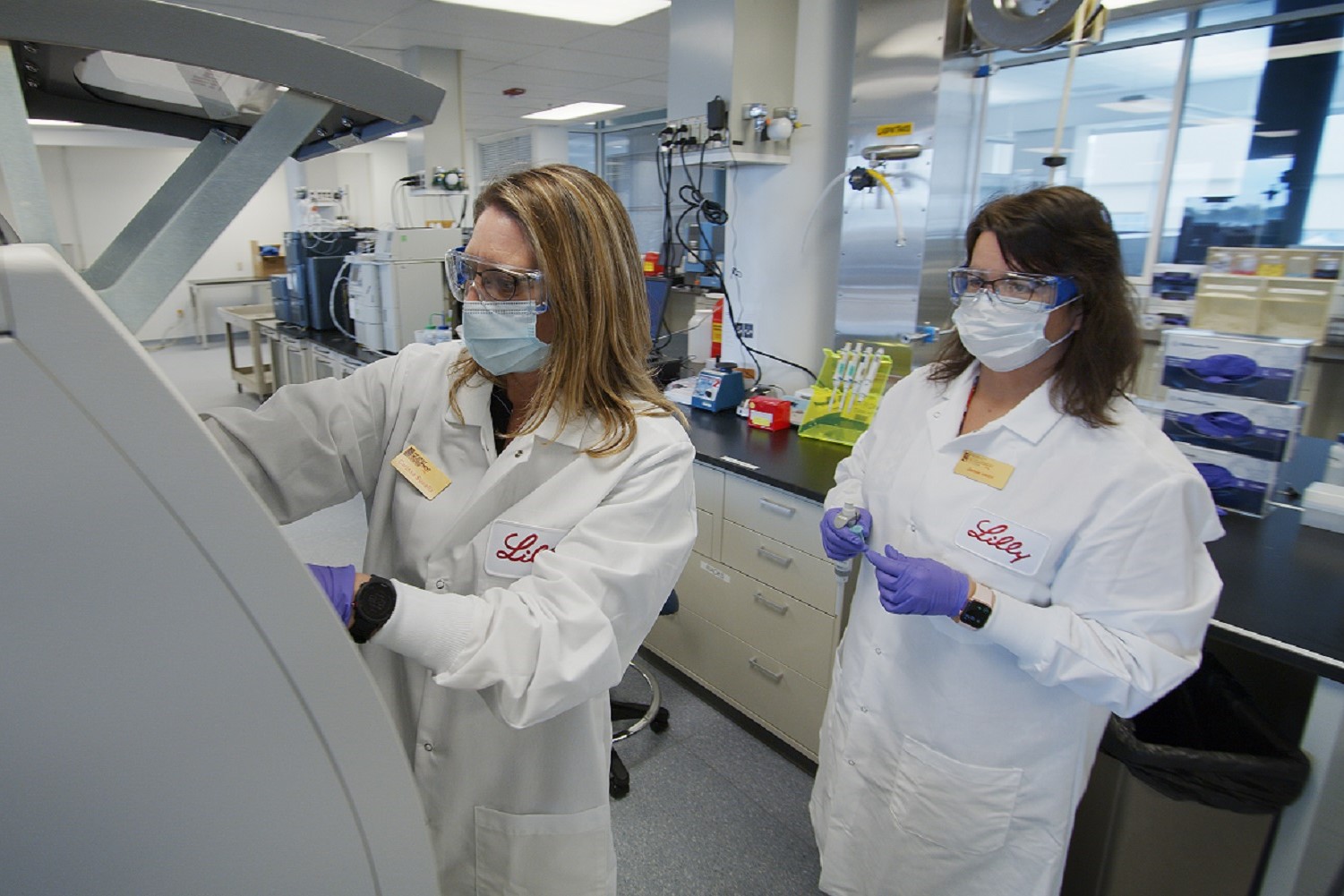The good news: Patients with heart disease have enjoyed great advances in stroke and heart attack prevention in the last few years.
The bad news: most of these advances have involved novel new blood-thinning drugs.
The idea of blood thinners is quite simple: Heart attacks and strokes most often stem from clotted blood. The same clots that save your life in the event of injury can also cause abrupt closure of critical arteries that supply blood to your organs.

With the Rise of AI, What IP Disputes in Healthcare Are Likely to Emerge?
Munck Wilson Mandala Partner Greg Howison shared his perspective on some of the legal ramifications around AI, IP, connected devices and the data they generate, in response to emailed questions.
Our strategy then, is to thin the blood enough to prevent clots from plugging vital arteries, but not so much as to cause uncontrolled bleeding. This risky and delicate process — that doctors call anti-coagulation — engenders great emotion and consternation.
One reason is that patients who are well at the moment must take a blood-thinner to prevent an event that may (or may not) occur in the future. In other words, we ask patients to incur increased risk now for a decreased risk later. That’s often a tough sell.
Another reason for worry: there’s something extra scary about bleeding — for both patients and doctors. The sight or thought of blood, in all its viscous redness, depolarizes our fear centers.
Take this recent AF patient I saw as a typical example: She had multiple risk factors for stroke and only a few for bleeding. Every expert in the world would have agreed that a blood thinner would greatly reduce her risk of disabling or deadly stroke. But yet, this patient simply could not get her brain cells past the fear of bleeding to death. For her, and for many patients and doctors, the overwhelming scientific evidence on stroke prevention loses to the fear of redness.
Let’s talk a little more about the fear of bleeding, and the new blood thinners, like dabigatran (Pradaxa) and rivaroxaban (Xarelto). One could also add in the un-reversible anti-platelet drugs, clopidogrel (Plavix), Prasugrel (Effient), and Ticagrelor (Brilinta). Though all these drugs have been proven effective and safe in large-scale carefully-done clinical trials, fear continues to limit their usage.
And one fear in particular looms large: the lack of a reversal agent.
In fact, one of the hottest topics in Emergency Medicine these days involves the reversal of blood thinners. It’s an area rife with complexity and misinformation. Also missing from the reversal literature are good data on outcomes. This is an important point. Let me try to explain: Large infusions of human blood products, called fresh frozen plasma, and vitamin K [or alternatively, infusions of Prothrombin Complex Concentrate (PCC)] can reverse the effects of warfarin in a matter of hours. In the setting of a major bleed, rapid reversal may make a difference. Or it may not — especially in the case of brain bleeding. Dabigatran and rivaroxaban, on the other hand, have no reversal agents; but their effects dissipate quickly.
What we don’t know is whether these biochemical differences in drugs affect outcomes. We would need to compare thousands of cases of serious bleeding. That data isn’t available, and probably never will be. We do know, however, that more than 50,000 AF patients have been enrolled in trials comparing novel blood thinners to warfarin, and in all three studies, a trend towards lower mortality was seen with the new blood thinners. This fact strongly suggests the lack of reversal agents may not be clinically significant.
One way to explain this to patients who are candidates for a blood thinning medicine goes something like this:
In the clinical trials comparing warfarin to the novel blood thinners, it’s clear that patients taking dabigatran and rivaroxaban suffered fewer strokes, intracranial bleeds (the worst kind) and major bleeds. So which strategy is better: having a far lower risk of stroke or serious brain bleed in the first place, or being on a drug that may be reversible in the event of a catastrophe? I favor the notion of not having the brain bleed in the first place. As far as trauma goes, I know of no definitive data comparing real outcomes of patients on warfarin versus novel blood thinners.
Two things remain certain about the new blood thinners: First, which ever company comes up with a reversal agent for their blood thinner will gain a great advantage. Why? Not because of improved outcomes; rather, having an available reversal agent will serve as an effective salve for fear.
Second, for patients, it’s far better to avoid the need to take a blood thinner. You know what that means.
For an outstanding review of anticoagulation reversal, I would recommend Dr. Rob Orman’s recent podcast at ERCast.org. The 56-minute discussion with hematologist and Indiana native, Dr. Tom Deloughery taught me a ton. For medical people, this podcast is well worth the listen.














